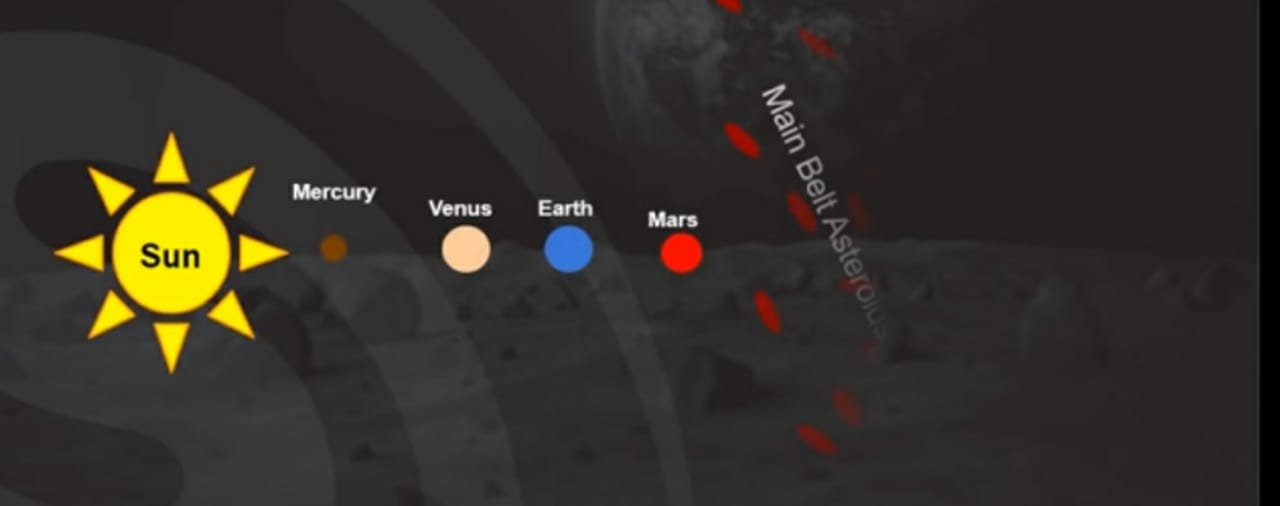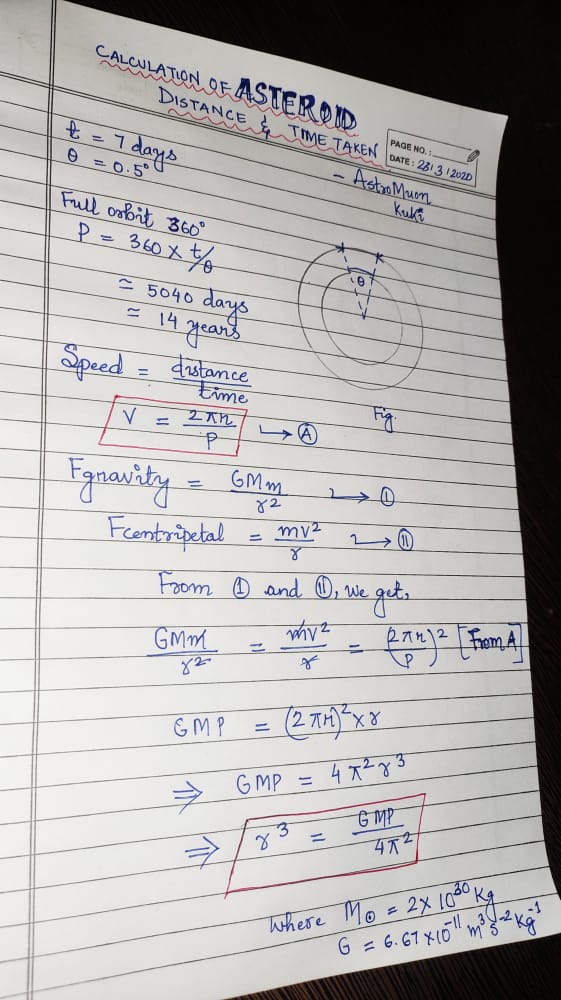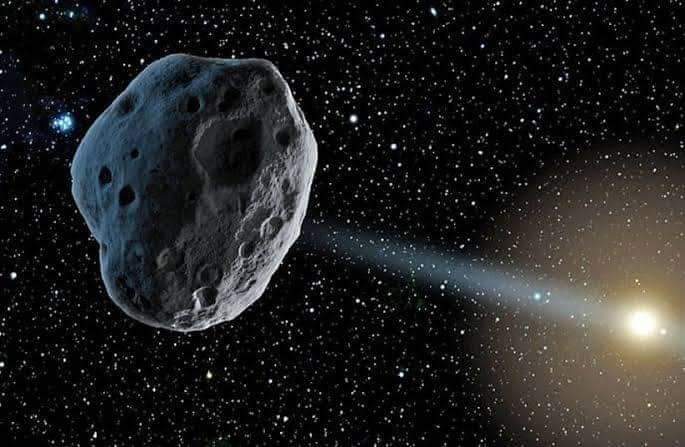“I would like to die on Mars-just not on impact(Asteroid)” ~Elon Musk
According to Russian astronomer Nikolai Kardashev in 1964.He categorised civilizations based on the energy consumption or use.
- Type 1 civilization utilizes all the energy of the sunlight that falls on that planet.
- Type 2 civilization utilizes all the energy its sun produces
- A Type 3 civilization utilizes the energy of an entire galaxy.
By mathematically computation of the energy consumption,we are currently in Type 0.7 civilization. In the future, we are going to do mining of asteroids. Yet, we already had Asteroid mining company such as Planetary Resources and Deep Space Industries. We want to do mining of asteroids because they consist of iron, nickel, carbon, and valuable metals such as platinum, palladium, rhodium, ruthenium, iridium, and osmium. These elements are found naturally on Earth, but they are rare and expensive.It could brings billion dollars on Earth. Not only that, if we could have mined it is the gateway to heaven. One giant leap for mankind. Asteroids is also potentially threat for mankind on Earth. Every year 4-10 diameters of asteroid hits the Earth. Will this asteroids wiped out the the whole humanity? What exactly is this asteroids? How many are there in our solar system? How can we prevent from such disasters? We will explain briefly in this lucid write-up.
WHAT ARE ASTEROIDS?
- Asteroids are the remnants formation of solar system bodies in orbit around the Sun.
- Astronomer Sir William Herschel proposed the name “Asteroid”.
- Asteroid in Greek known as “Star-like”.
- They are also known as “ Minor Planets” or “Planetoids” found mostly in the inner solar system between Mars and Jupiter.
- They are smaller than planets but larger than meteoroids(piece of rocks hits the Earth’s atmosphere).
- It is said that all solar system masses of asteroids is equal to mass of the moon.
- In 1801,the first asteroid and largest known asteroid is discovered. Astronomer Giuseppe Piazzi named it after CERES, the Roman goddess of agriculture. After some years, Carl Friedrich Gauss discovered main Belt asteroids(between Mars and Jupiter).
WHAT ARE ASTEROIDS MADE OF?
- Asteroids are made of different materials based on how far away from the Sun they formed. There are basically four types.
- M-type(Metallic) :Nickel iron based
- S-type(Silicate) :consists of silicate materials and nickel-iron
- C-type(Carbon) :Most common consists of clay, silicate rocks and dark appearance. It is also known as some of the oldest objects in the solar system.
- X-type Asteroid:based on platinum
HOW BIG IS AN ASTEROID?
- The largest known asteroid is ‘Ceres’ which is 950km.Our moon diameter is 3474km and Earth diameter is 12,742km.
HOW SMALL CAN THEY BE?
- Asteroids range in size from Ceres, which has a diameter of about 1000km, down to the size of pebbles. SIxteen asteroids have a diameter of 240 km or greater.
WHERE EXACTLY ARE ASTEROIDS LOCATED?

- Based on their locations in the solar system, asteroids are categorized as:
1) Main Belt Asteroids(MBA) :Between Mars and Jupiter
2) Near Earth Asteroids(NEA) :Asteroids which is near the Earth but within the orbit of Mars.
3) Trojans:asteroids which orbit Jupiter
The most tragedy for mankind on Earth is Near Earth Asteroids approximately 4,500 asteroids are found in this. Hardly main Belt asteroids and trojans asteroids hits the Earth. There are further three types of Near Earth Asteroids.
I) ATEN ASTEROIDS: Orbit:crosses inside Earth’s orbit, potential threat to Earth. Its semi-major axis is less than 1 Astronomical Unit(AU) and its aphelion is greater than . 983AU.Famous examples is 99942 Apophis(once had a predicted path to impact Earth in 2029)
II) APOLLO ASTEROIDS: Orbit:crosses inside of Earth’s Orbit, potential threat of collision “semi-major axis greater than that of Earth (>1 AU) but perhelion distances less than the Earth’s aphelion distance (<1.017AU). Famous example is Cherlyabinsk meteor.
III) AMOR ASTEROIDS: Orbit:do not cross Earth’s orbit, most do not cross into Mar’s orbit. Amor’s are not a danger to us. Famous example is 433 Eros.
TIMELINES OF ASTEROIDS
-
In 1801:Giuseppe Piazze discovers the first and largest asteroids, Ceres.
-
1898:Gustav Witt discovers Eros, one of the largest Near-Earth asteroids.
-
1991-1994:The Galileo spacecraft takes the first close-up images of an asteroid (Gaspra) and discovers the first moon of asteroids(later named dactyl) orbiting an asteroid(Ida).
-
1997-2000:The NEAR Shoemaker spacecraft flies by Mathilde and lands on Eros.
-
1998:NASA established the Near Earth Object Program Office to detect, tract and categorise potentially hazardous asteroids and comets that could approach Earth.
-
2006:Japan’s Hahabusa becomes the first spacecraft to land on, collect samples and take off from an asteroid.
-
2006:Ceres attains a new classification, dwarf planet, but retains its distinction as the largest known asteroid.
-
2007:The Dawn spacecrafts is launched on its journey to the Asteroid Belt to study Vesta and Ceres.
-
2008:The European Spacecraft Rosetta on its way to study a comet in 2014,flies by and photographs asteroid steins, a type of asteroid composed of silicates and basalts.
-
2010:Japan’s Hayabusa returns its asteroids samples to Earth.
-
2010:Rosetta flies by asteroid. Lutetia, revealing a primitive survivor from the violent birthday of our solar system.
-
2011-2012:Dawn studies Vesta. Dawn is the first Spacecraft to orbit a main Belt asteroid and continues on to dwarf planet Ceres in 2015.
-
2018:The OSIRIS-REx(origins, spectral Interpretation, Resource Identification, security, Regolith Explorer) mission was designed to return a sample of material from Near-Earth Asteroid Bennu.
HOW TO CALCULATE ASTEROID SPEED AND DISTANCES
 We are living between stones in our solar system. Rocky planets such as Mercury, Venus, Earth, Mars. After that it is Asteroid Belt followed by gas giant belts such as Jupiter, Saturn, Uranus, Neptune and Pluto. The next Belt is Kuiper Belt or Comet Belt and then Oort cloud beyond our solar system. We hope that one day we will touch the sky and colonised our galaxy. Be a multi-planetary speciesl!
We are living between stones in our solar system. Rocky planets such as Mercury, Venus, Earth, Mars. After that it is Asteroid Belt followed by gas giant belts such as Jupiter, Saturn, Uranus, Neptune and Pluto. The next Belt is Kuiper Belt or Comet Belt and then Oort cloud beyond our solar system. We hope that one day we will touch the sky and colonised our galaxy. Be a multi-planetary speciesl!
Note:The asteroid (2020CH) which is going to passed through on 29th April, 2020 has no affects on Earth. Do not panic.
“Why go the stars?
Because we are descendants of those primates who chose to look the next hill. Because we won’t survive here indefinitely. Because the stars are there, beckoning with fresh horizons. “ ~James & Gregory Benford.

 RELATIONSHIP BETWEEN SCIENCE AND RELIGION
RELATIONSHIP BETWEEN SCIENCE AND RELIGION